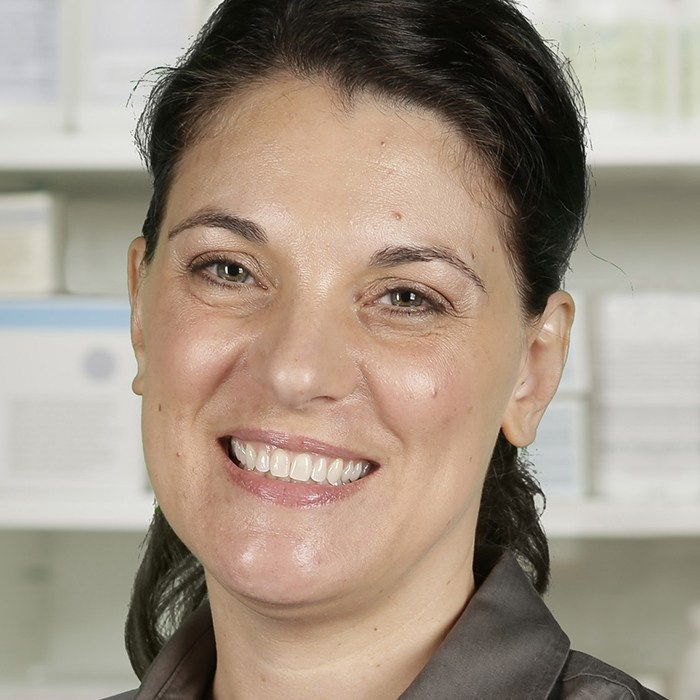July 1, 2020
The best sunscreen is the one you wear. According to the Centers for Disease Control, only 30% of women and 15% of men use sunscreen regularly. Put some on, and you’re already off to a good start. Once you commit to wearing sunscreen, there are a few factors that make one sunscreen better than another.
Sunscreen should meet three criteria: broad-spectrum protection, SPF 30 or higher and water resistance. Broad-spectrum protection means the sunscreen will protect against both UVA and UVB rays. UVB rays are what give you a sunburn, and they are also a leading cause of skin cancer. Protection against UVB rays isn’t enough, though. Exposure to UVA rays also plays a role in the formation of skin cancer, penetrates deeper into the skin and contributes to accelerated skin aging. Crow’s feet? No thanks.
The SPF or sun protection factor describes the protection against sunburn causing UVB rays. The number correlates not to the amount of time you can remain in the sun without burning but to the amount of UVB rays it can protect against. Kind of hard to measure, right? The takeaway: Wear sunscreen with an SPF of 30 or higher. A sunscreen is labeled as “water resistant” when the sunscreen stays effective for 40-80 minutes while swimming or sweating. Set reminders so you’ll be sure to reapply. Read labels and look for products with zinc oxide, titanium oxide or avobenzone for complete protection. Enjoy your summer!
The views and opinions expressed above are those of the author and do not necessarily represent that of AmerisourceBergen Drug Corporation. The content is for informational purposes only and is not intended to diagnose, prescribe or treat any health condition and should not be used as a substitute for consulting with your health professional.

